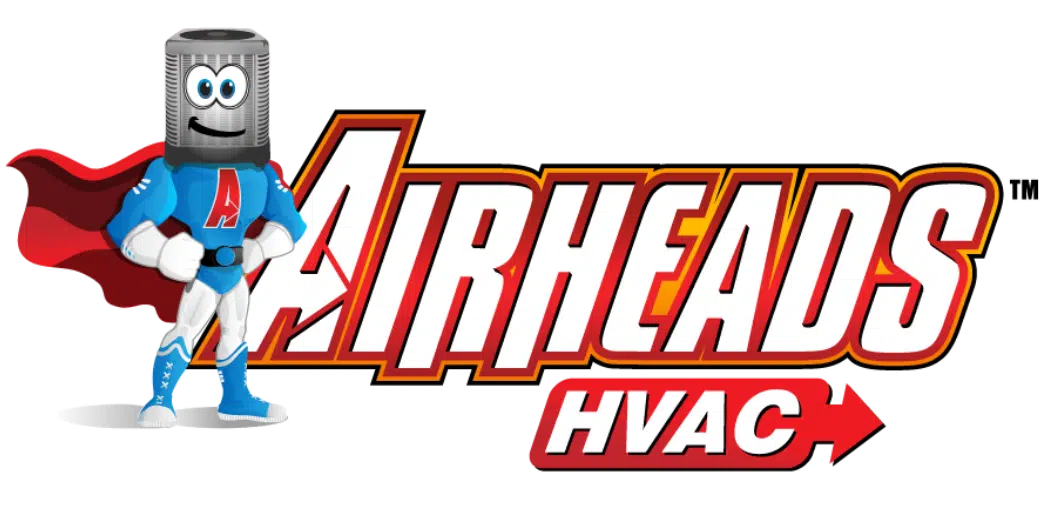Putting Greens
Top Drywall Contractors in other Cities
Need Help?
FAQs
Is synthetic or natural turf better for a Florida putting green?
Most Florida homeowners choose synthetic turf because it handles humidity, heavy rain, and intense UV better than natural grass and requires far less maintenance. Quality systems use UV-stabilized nylon or polypropylene putting turf with a separate fringe, delivering year-round play without mowing, irrigation, or pesticides.
How is drainage designed for Florida’s heavy rain?
Installers typically excavate several inches, add geotextile fabric, and build a compacted crushed-stone base graded to about 1-2% slope. In wetter yards, French drains or catch basins are added to route water away. Proper base construction prevents puddling and protects cup locations during storms.
Do I need permits or HOA approval in Florida?
Most putting greens are considered landscaping and don’t require a building permit, but rules vary by city and county, especially if you add lighting, electrical, or significant drainage changes. Many HOAs require architectural review for turf color, edging, and visibility from the street, so it’s smart to get written approval first.
Can I customize green speed and breaks to match local courses?
Yes. Installers tune speed with turf selection, infill type and amount, and brushing, commonly targeting Stimpmeter speeds around 9-12 for residential play. Contours, tiers, and subtle breaks are shaped in the base layer, allowing you to practice Florida course-style putts and short chips.
What maintenance is needed in Florida’s climate?
Routine care includes blowing off leaves and sand, brushing fibers upright, rinsing after heavy use, and topping up infill when needed. In humid months, an occasional mild cleaner helps deter algae along edges. Inspect seams, cups, and edging a few times a year, and remove flags and loose accessories before major storms.
How long does installation take, and what are the steps?
A typical backyard green installs in 2–5 days depending on size, site prep, and weather. Steps include layout and excavation, drainage and base build, shaping contours, setting cups, laying and seaming turf, trimming fringe, and adding/brushing infill. Scheduling around rainy periods or hurricane season helps ensure proper compaction and cure.








